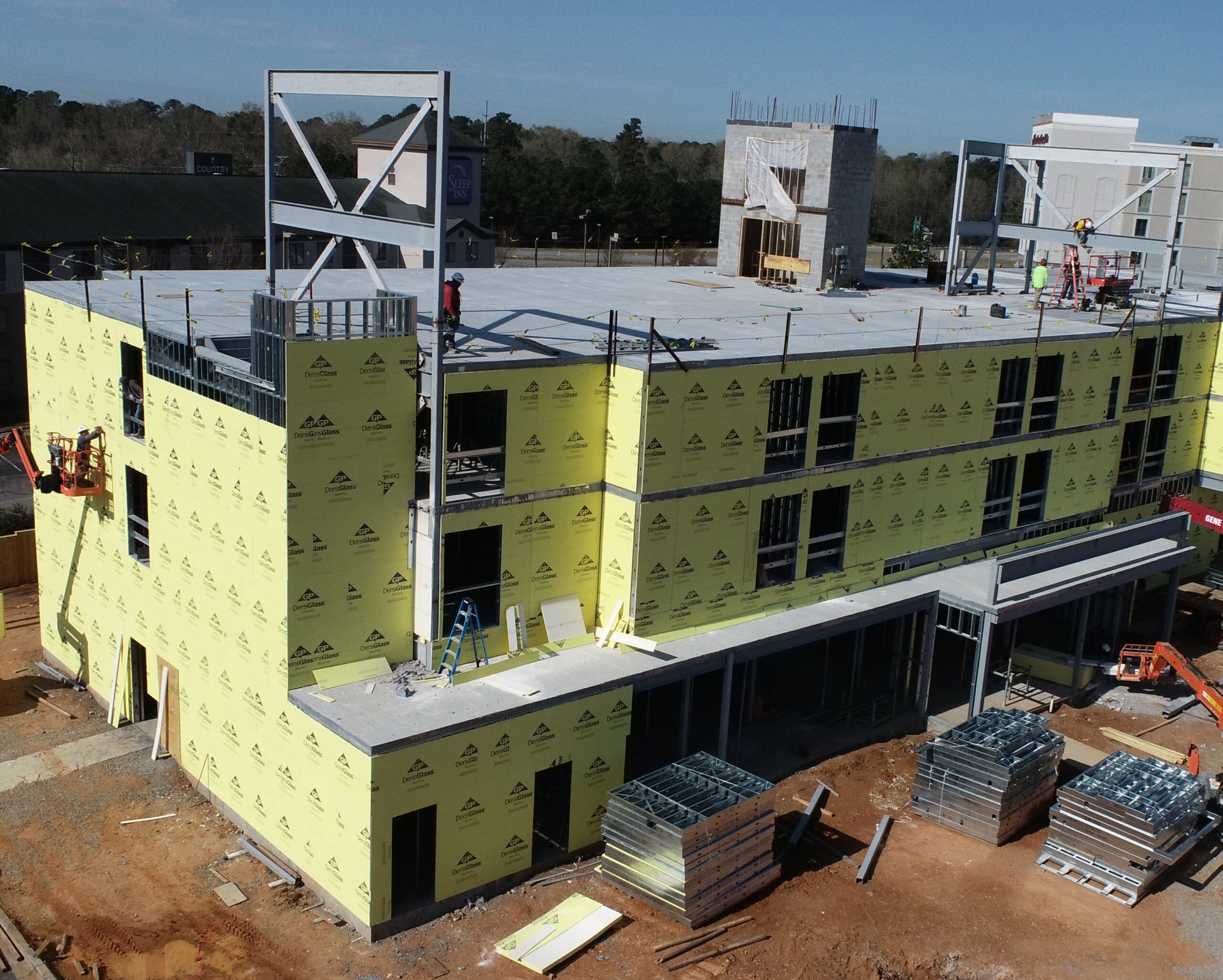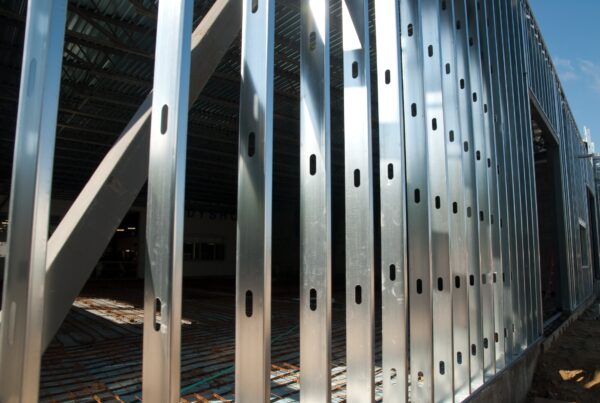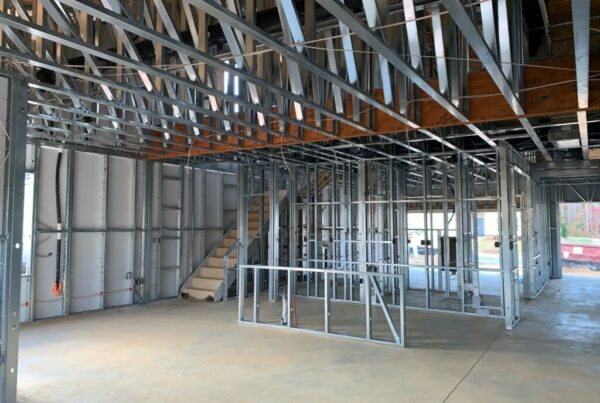Reduce Material, Reuse, and Recycle Your Next Project with Steel
Originally posted at Steel Framing Alliance
Steel Fast Facts
Steel is one of the most sustainable building materials in the world. The industry has embraced the common-sense approach that reducing its impact on the environment is not only the right thing to do, but it makes economic sense.
- Since the early 1990s, the steel industry has reduced its energy use to produce a ton of steel by approximately one-third.
- More than 95% of the water used in the steel making process is recycled and returned – often cleaner than when it was taken from the source.
- Every piece of steel used in construction contains recycled content. Further, all steel can be recovered and recycled again and again into new high-quality products.
- Steel is durable, safe, and strong. It is not susceptible to rot, termites, or mold. Steel used for framing will last from hundreds to over a thousand years due to its zinc coating, a natural element. Steel structures require less material (both reduced weight and reduced volume) to carry the same loads as concrete or masonry or wood structures.
- Steel is dimensionally stable: it will not warp, split, or creep – making it durable and built to last. Don’t waste time and dollars on costly call backs. Minimize cracking and pops in drywall and other finishes with CFS framing.
Steel and Green Building Codes and Standards
- As more and more green codes and standards begin to make their way into adoption, cold-formed steel (CFS) is well positioned to help your project meet the highest sustainability standards. Steel is recognized in all major green building standards and rating programs, including the National Green Building Standard (ICC-700) for residential buildings, ASHRAE Standard 189.1 for commercial construction, and the US Green Building Council’s LEED program that covers all types of buildings.
- How is this possible? More than 82 million tons of steel were recycled in the US in 2008 – more than aluminum, glass and paper combined. That steel goes back into new studs, joists, and other members used in buildings. In fact, steel is the only material with an automatic minimum default value for recycled content in the LEED program. Further, most green codes and standards recognize the excellent potential of CFS at reducing the amount of construction waste generated at a site. Most of this is due to the almost universal use of pre-engineered and assembled panels to build steel assemblies using modern, efficient technology. For example, of all the waste from a 2000 sq. ft. residence framed with steel, less than 2 % of steel is left over and can be recycled compared to that same house built of wood generating 20% of waste that will be sent to landfill.





